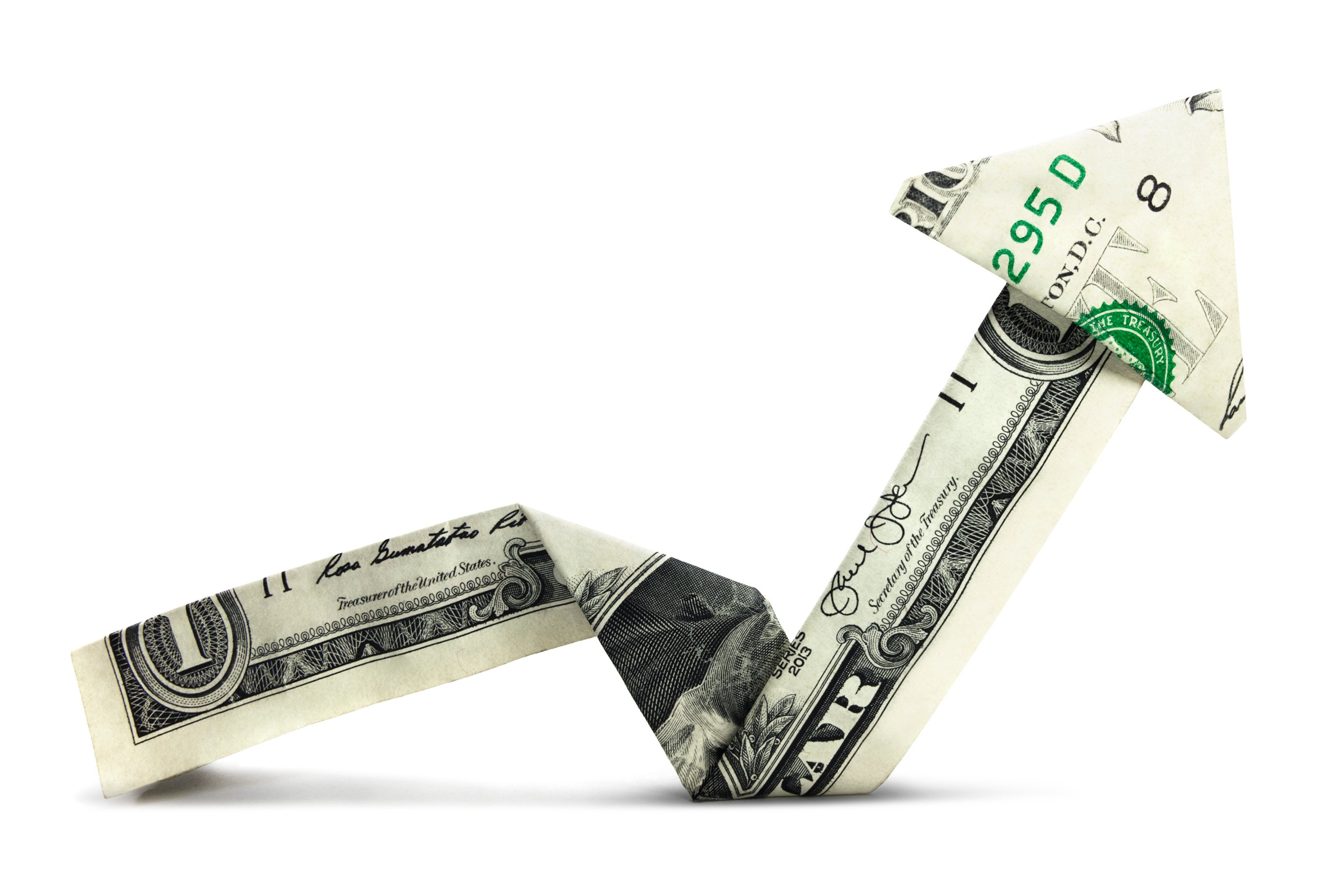The last month has seen a serious rebound in shares of streaming radio pioneer Pandora Radio (NYSE: P), even as the competitive landscape appears to have possibly shifted against Pandora with Apple's (Nasdaq: AAPL) $3 billion Beats buyout.
Pandora's shares have surged an incredible 13.8% in the last month alone, bolstering the idea that investors' confidence has returned to this arguably inflated growth stock after its spring sell-off.
One of the seeming explanations for this recent uptick could be that Apple didn't release the much talked about stand alone iTunes Radio app many thought could accompany Apple's debut of iOS 8 at its Worldwide Developers Conference this week. Another could be the return of sharp listening hours growth, one of Pandora's three key growth metrics, a sign that we've returned in recent months.
Escape velocity at Pandora?
Pandora's May listener metrics report certainly paints a rosy picture for the stocks longtime followers, like me. Here's what Pandora reported for its 3 key growth metrics last month:
- Total listener hours totaled 1.73 billion hours, a 28% year-over-year increase
- Pandora's share of the total U.S. radio market increased from 7.29% last May to 9.13% last month
- Active listeners ended at 77 million in May, a 9% year-over-year increase
While the 28% listener hours figure probably stands out as particularly impressive, there's one key factor that has a positive upside effect that investors need to understand as well.
An easy beat for Pandora
Many longtime followers of Pandora (investors or users) know that Pandora created quite a stir when it instituted a then-necessary 40-hour listener cap in March of 2013.
In its blog post explaining the cap, Pandora noted that the move was expected to affect less than 4% of its total user base, but its effect was nonetheless pronounced. As you can see below, listener hour growth fell off a cliff in March 2013 and remained suppressed even after Pandora lifted the ban last August, until this March.
 Source: Pandora investors relations & author's calculations
Source: Pandora investors relations & author's calculationsAlthough part of Pandora's meaningful recent upticks in listener hours is driven by its larger installed base, a significant portion is also attributed to the fact that Pandora's facing artificially deflated numbers, which were the result of the listener hour cap that was in effect a year ago, but not today. Pandora had an easy comp to beat, a trend which could persist in the months ahead.
This isn't necessarily a good or bad thing, but it's critical for investors to understand as they try to interpret Pandora's monthly listener metrics.
Winning the battle not the war
Listener hour growth can and will help push Pandora up toward profitability, but it's only one part of the key equation that Pandora will need to realize in order to justify its outsized valuation, and that's what concerns me as I look at Pandora.
The 9% year-over-year active user growth figure Pandora posted in May marked the third consecutive quarter of single-digit user growth for Pandora. And for a growth company with a valuation over $5 billion that's trading in excess of 7 times revenue, it boggles the mind that more investors aren't concerned over this key driver for Pandora seemingly slowing to a trickle.
This is also where competitors like Apple and the still-privately held hold loom large for Pandora's investing narrative. Because of its current licensing arrangements, Pandora remains essentially constrained to the U.S. radio market, although international growth is slowly increasing. However, with Apple having launched iTunes Radio in multiple international markets, the low-hanging fruit for Pandora might not be as easy to come by abroad as it has been in the U.S.
This also doesn't even begin to discuss the potentially disruptive effect that Apple could have by unbundling its iTunes Radio service from its broader iTunes app later this year with its rumored on-demand offering (either Beats related or internally developed). There's also the added wrinkle that Apple could throw some portion of its huge marketing muscle behind Beats to attack Pandora's dominant position in the U.S. market. The point is that competitive pressure is more likely to increase than decrease against Pandora in the future.
So what do you get with Pandora at today's prices? Pandora is a growth stock with slowing user growth, likely mounting pressure, and no simple road map to access new user growth drivers trading at a nose-bleed valuation. Sounds like potential problem to me.






